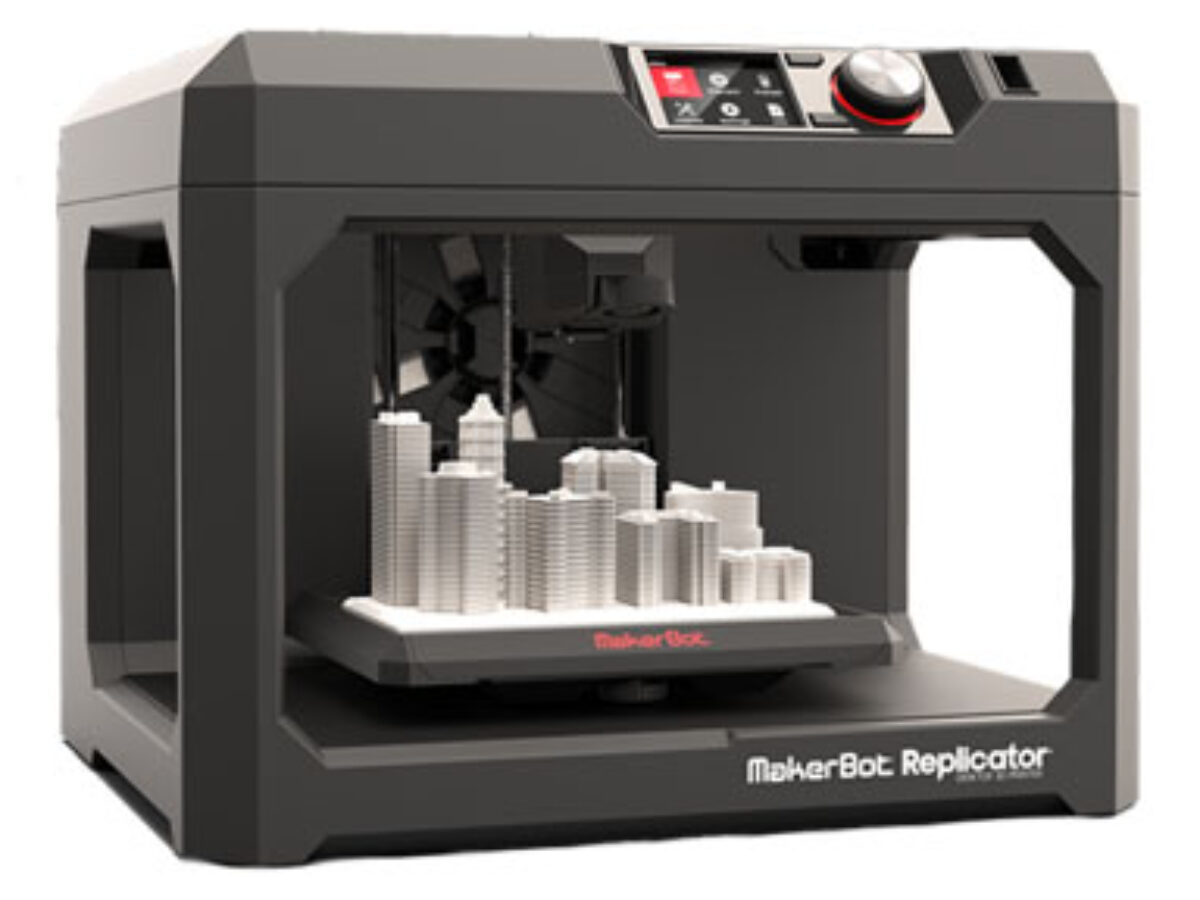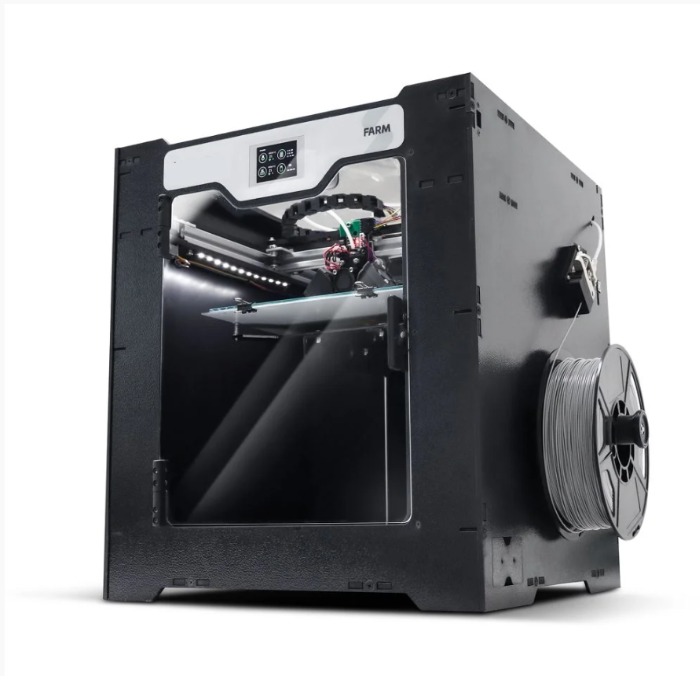Compare Replicator Plus vs FARM
Comparison between the best 3D printers
Choose the best 3D printer at the best price. The cheapest 3D printers are here.
Buy a 3D printer here with 3D Fila.
 |
 |
|
| Model | Replicator Plus |
FARM |
| Printing Material | Filament | Filament |
| Buy Filament for Makerbot Replicator Plus | Buy Filament forSethi 3D FARM | |
| Estimated price | $2099,00 | $1127,00 |
| Manufacturer | Makerbot | Sethi 3D |
| Release Year | 2016 | 2021 |
| Print Volume [mm] | 165x295x195 | 240x240x240 |
| Printer Size [mm] | 410x528x441 | 550x42x500 |
| Weight [kg] | 18,3 | 15,7 |
| Power Loss Recovery | YES | YES |
| Enclosed printer | NO | YES |
| Bed Leveling | Automatic | Automatic |
| Filament End Sensor | YES | YES |
| Bed type | Heated | |
| Power supply system | Bowden | Bowden |
| Standard nozzle | 0,4 | 0,4 |
| Maximum Nozzle Temperature [°C] | 230 | 270 |
| Maximum Bed Temperature [°C] | 120 | |
| Maximum printing speed [mm/s] | 150 | 80 |
| Filament holder | YES | YES |
| Camera for supervision | YES | YES |
| Recommended filaments | PLA | PLA, PETG, Tritan, Flex, ABS |
| Recommended slicers | MakerBot Print Software | Cura, Simplify, Slic3r |
| Maximum Resolution [mm] | 0,1 | |
| Processor | ||
| Display | Touchscreen TFT | |
| Power Supply | 110/220V / 240W | 450 W |
| Connectivity | USB / Wi-Fi | USB |
| Operating systems | Windows, Mac, Linux | Windows, Mac, Linux |
| Date of registration in the system | 2022-11-15 | 2022-10-11 |
| Release date | 2016 | 2021 |
| Extra features | The Replicator Plus printer is easy to use and has very good print quality. Its software is user-friendly and powerful, with USB, Ethernet, Wi-Fi and support for printing via pen drive. With a safe design for an open frame printer, it is relatively quiet. The Smart Extruder+ detects filament end and pauses printing automatically, in addition to notifying via apps. It has a large print volume, with a non-heated and coated print bed for easy removal of parts. It also has a webcam for remote monitoring of prints. | Sethis Farm printer offers a generous 240 x 240 x 240 mm print area, ideal for large projects. Its intuitive touchscreen display makes it easy to operate, while the intelligent sensor prevents problems by detecting filament shortages or jams. Its power recovery feature allows you to resume printing after interruptions. It stands out for its 9-point optical auto-leveling and high-performance heated bed, ensuring accuracy and versatility on different materials. Its 32-bit electronics and silent drivers promote a smooth and efficient experience. In addition, the Farm has a closed cabinet, expanding the range of usable polymers, and a turbo cooling system to speed up the process between prints. The machine also offers practicality with a storage drawer and simplified software updates. |
| Support for multiple colors and materials (AMS and CFS) | NO | NO |
Notes * |
||
| Cost-benefit | 6 / 10 | 6 / 10 |
| Hardware | 2.5 / 10 | 3 / 10 |
| Tela | . | . |
| Print volume | 3 / 10 | 3 / 10 |
| Performance | 1 / 10 | 0 / 10 |
Conclusion |
| In comparing the MakerBot Replicator Plus and the Sethi 3D FARM, it's evident that both printers offer unique advantages tailored to different user needs and preferences. The MakerBot Replicator Plus excels in ease of use and software capabilities, featuring a user-friendly interface that many beginners may find appealing. Its strong brand reputation and established presence since 2016 add to its reliability for users looking for proven performance. On the other hand, the Sethi 3D FARM, released in 2021, stands out for its larger print volume and enclosed design, which enhances versatility for a wider range of materials and provides better temperature stability during printing. Its advanced features like 9-point optical auto-leveling and turbo cooling make it suitable for users who prioritize precision and efficiency in their prints. While both printers may be priced distinctly, the Sethi 3D FARM offers larger print capabilities and newer technology at a more appealing price point, making it a better option for those looking for modern features without breaking the bank. Ultimately, the best choice will depend on user preferences regarding ease of use, print volume requirements, and material versatility. |

